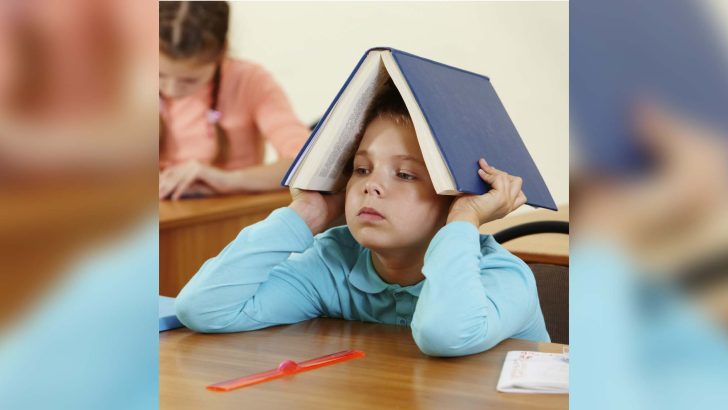Earlier this year, American social psychologist Jonathon Haidt wrote about ‘The Anxious Generation: How the Great Rewiring of Childhood Is Causing an Epidemic of Mental Illness’, arguing that the rise of smartphones has seen teenagers spending less time socialising, more time glued to their screens, with girls in particular most likely “to be sucked into the self-esteem crushing vortex of social media”.
His book was not without criticism, citing possible conflation of correlation and causation in his conclusions, furthering online discussion and in-depth rebuttal from the author himself. Now, the Economic and Social Research Institute (ESRI) of Ireland has come to similar conclusions in a report released last week.
Titled “The Changing Social Worlds of 13-Year-Olds”, the study looks at changes in 13-year-olds’ relationships with their parents and peers, in their day-to-day activities and in their experiences of school.
Firstly, it is important to note that the report highlights a number of positives, such as less conflictual relations between parents and teenage children, including a reduction in punitive parenting. But that seems to be where the good news ends. At a superficial level, there seems to be more engagement in organised sports but there is an increase in numbers who have very low-levels of engagement in physical exercise. There is a reduction in involvement in cultural activities, particularly at the lower socio-economic levels.
High levels of screen time are generally associated with less involvement in sport and cultural activities. Even spending one hour per day on screens results in a reduction in exercise and sport. The problem is that the numbers spending more than four hours on screen is increasing.
There is a decline in the proportion of girls who say they like school very much with the study stating that this is at least partly related to increased emotional difficulties among girls. The report also notes (with concern) the stickiness of girls preference for languages and boys affiliation with STEM subjects – despite significant efforts at policy level to overcome what starts to feel like an innate difference in wiring between the male and female minds.
Similarly, the report notes that there are marked gender differences in young people’s lives, with girls more likely to be involved in cultural activities and reading and boys more likely to be involved in sport and hard physical exercise. Again, policy efforts at curbing these ‘inequalities’ through social engineering aimed at redressing social norms appears to fail in the face of nature – or perhaps culture. The report’s response is to double down on efforts to address this in the earlier years of children’s education.
Reflecting Haidt’s research, the findings point to a significant shift in screen time, whereas boys born in 1998 were spending longer on other (non-TV, non-gaming) screen time than girls but this pattern reversing for those born in 2008.
The report suggests this pattern merits further investigation yet research elsewhere, including Haidt’s, is available to explain much of this. Although the ESRI report does not go so far as Haidt’s to draw conclusions as to causation, there appears to be strong correlation between increasing screen time and teenage girls’ increased emotional issues which are negatively impacting their relations with peers and parents – particularly their mothers – and their engagement with education.
Girls in particular appear to have fewer or smaller circles of friends and close friends than previously, something Abigial Shrier cited with concern in her book ‘Irreversible Damage’, resulting in vulnerability and isolation that is exacerbated through increasingly living lives online in the virtual world. Girls have fewer friends to laugh, cry and share the turbulence of growing up with.
Absent from the report is any analysis of changes in the religious and spiritual lives of both cohorts. While the study asks how often young people engage in various social groups (sports, cultural, Church) there is no disaggregation of groups. This makes it impossible to draw any deeper conclusions as to correlations between engaging with religion, teenage girls’ changing social worlds and their greater well-being.



